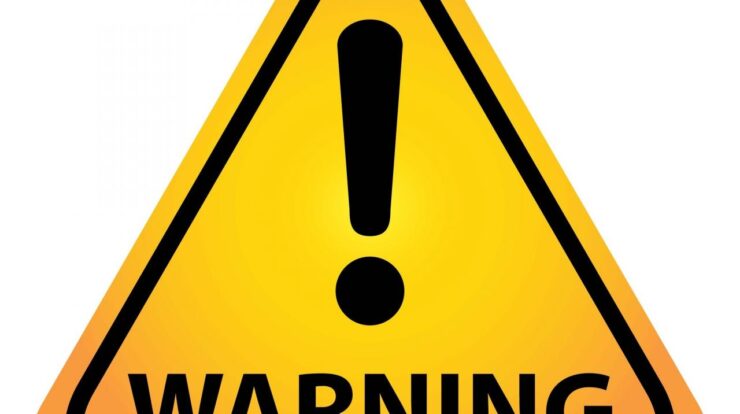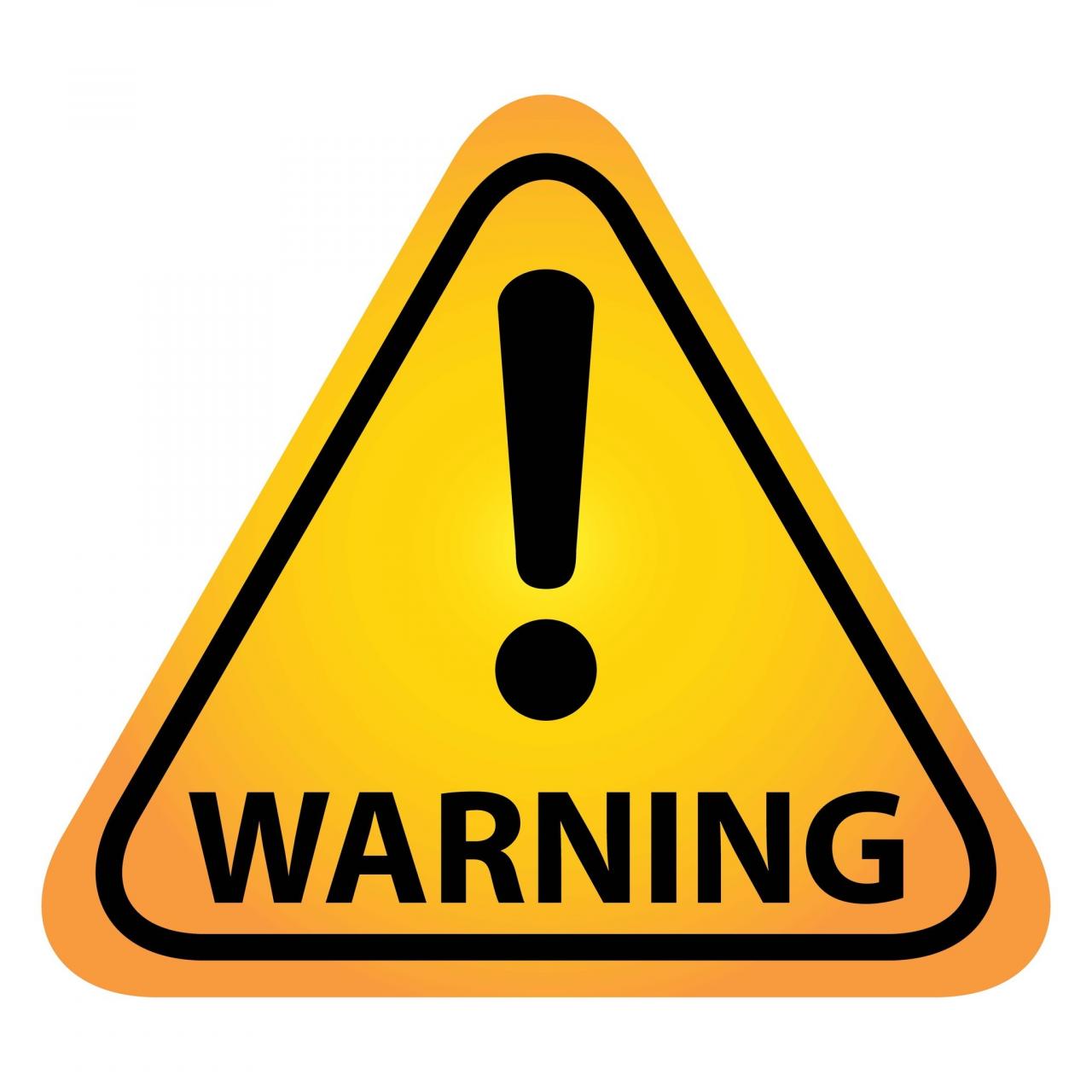
Is watch or warning worse – When it comes to severe weather, understanding the difference between a “watch” and a “warning” is crucial for ensuring safety. While both alerts indicate potential hazards, their severity and urgency levels vary significantly, impacting the actions individuals should take. In this article, we delve into the nuances of these weather alerts, exploring their distinctions, impact, and public response.
Severity Comparison: Watch vs. Warning

When it comes to weather-related alerts, understanding the difference between a “watch” and a “warning” is crucial. A “watch” indicates that conditions are favorable for a hazardous weather event, while a “warning” means that the event is imminent or already occurring.
The criteria used to determine the level of alert vary depending on the specific weather hazard. For example, a tornado watch is issued when atmospheric conditions are conducive to tornado formation, while a tornado warning is issued when a tornado has been spotted or detected by radar.
Finally, for those interested in politics, don’t miss the White House Correspondents’ Dinner Watch . This annual event brings together journalists, politicians, and celebrities for a night of humor and commentary on the state of the nation.
Examples of Watch and Warning Situations, Is watch or warning worse
- Watch:A thunderstorm watch is issued when conditions are favorable for the development of thunderstorms, but no thunderstorms have been detected.
- Warning:A thunderstorm warning is issued when thunderstorms have been detected and are approaching an area.
- Watch:A flood watch is issued when heavy rainfall is expected, but flooding has not yet occurred.
- Warning:A flood warning is issued when flooding is imminent or already happening.
Impact and Urgency
The potential impact of a “watch” compared to a “warning” can vary significantly. A “watch” generally indicates that there is time to prepare for the potential event, while a “warning” signals that immediate action is necessary.
For basketball fans, the Lakers game watch is a must-see. Join the crowd and cheer on your team as they battle it out on the court. If you’re more interested in weather news, stay tuned for the watch or warning announcements.
These alerts provide important information about potential weather hazards in your area.
The urgency associated with each level of alert is also different. A “watch” typically provides a lead time of several hours, while a “warning” may only give a few minutes or even seconds of notice.
Time Frame for Action
The time frame for taking action differs between a “watch” and a “warning”. During a “watch”, people should stay informed about the weather and be prepared to take action if necessary. During a “warning”, immediate action is required to protect life and property.
Dissemination and Communication
Watches and warnings are disseminated through various channels, including television, radio, social media, and mobile apps. Public safety officials also play a crucial role in communicating these alerts to the public.
Effective communication strategies for each type of alert involve providing clear and concise information about the hazard, its potential impact, and the recommended actions to take. During a “watch”, the focus is on preparedness and staying informed, while during a “warning”, the emphasis is on immediate action to ensure safety.
Public Response
The recommended actions for the public during a “watch” and a “warning” can vary depending on the specific weather hazard. However, general guidelines include:
- Watch:Stay informed about the weather, monitor updates, and be prepared to take action if necessary.
- Warning:Take immediate action to protect life and property. Follow the instructions of local officials and seek shelter in a safe location.
It is crucial to follow instructions and stay informed during both “watches” and “warnings”. Ignoring or downplaying these alerts can have serious consequences, including injury or loss of life.
Historical Case Studies
Throughout history, there have been numerous examples of “watches” and “warnings” that have had significant impacts. These events provide valuable lessons about the importance of alert systems and public response.
One notable case study is the Great Galveston Hurricane of 1900. A hurricane watch was issued several days before the storm made landfall, but many residents ignored it. As a result, the hurricane caused widespread devastation and killed over 8,000 people.
Another example is the Joplin tornado of 2011. A tornado warning was issued just minutes before the tornado touched down, giving residents very little time to seek shelter. The tornado killed 161 people and caused extensive damage.
These historical events highlight the importance of heeding “watches” and “warnings” and taking appropriate action to protect life and property.
Conclusion
Comprehending the differences between a “watch” and a “warning” empowers individuals to make informed decisions during severe weather events. By adhering to recommended actions and staying vigilant, communities can mitigate risks and enhance their preparedness. The historical case studies highlighted in this article serve as valuable lessons, demonstrating the importance of effective alert systems and responsible public response.
If you’re looking for a different kind of fight night experience, check out bare knuckle fighting . This brutal and exciting sport is making a comeback, and you can catch all the action live. If you’re more into a virtual watch party, gather your friends and host an Amazon Watch Party . It’s a great way to connect with others while watching your favorite movies or TV shows.
FAQ Resource: Is Watch Or Warning Worse
What is the key difference between a “watch” and a “warning”?
A “watch” indicates that conditions are favorable for a hazardous weather event to occur, while a “warning” signifies that the event is imminent or already happening.
How does the urgency level differ between a “watch” and a “warning”?
A “warning” requires immediate action, whereas a “watch” provides more time for preparation and monitoring.
What are some common actions recommended during a “watch”?
Stay informed, monitor weather updates, and be prepared to take shelter if necessary.





